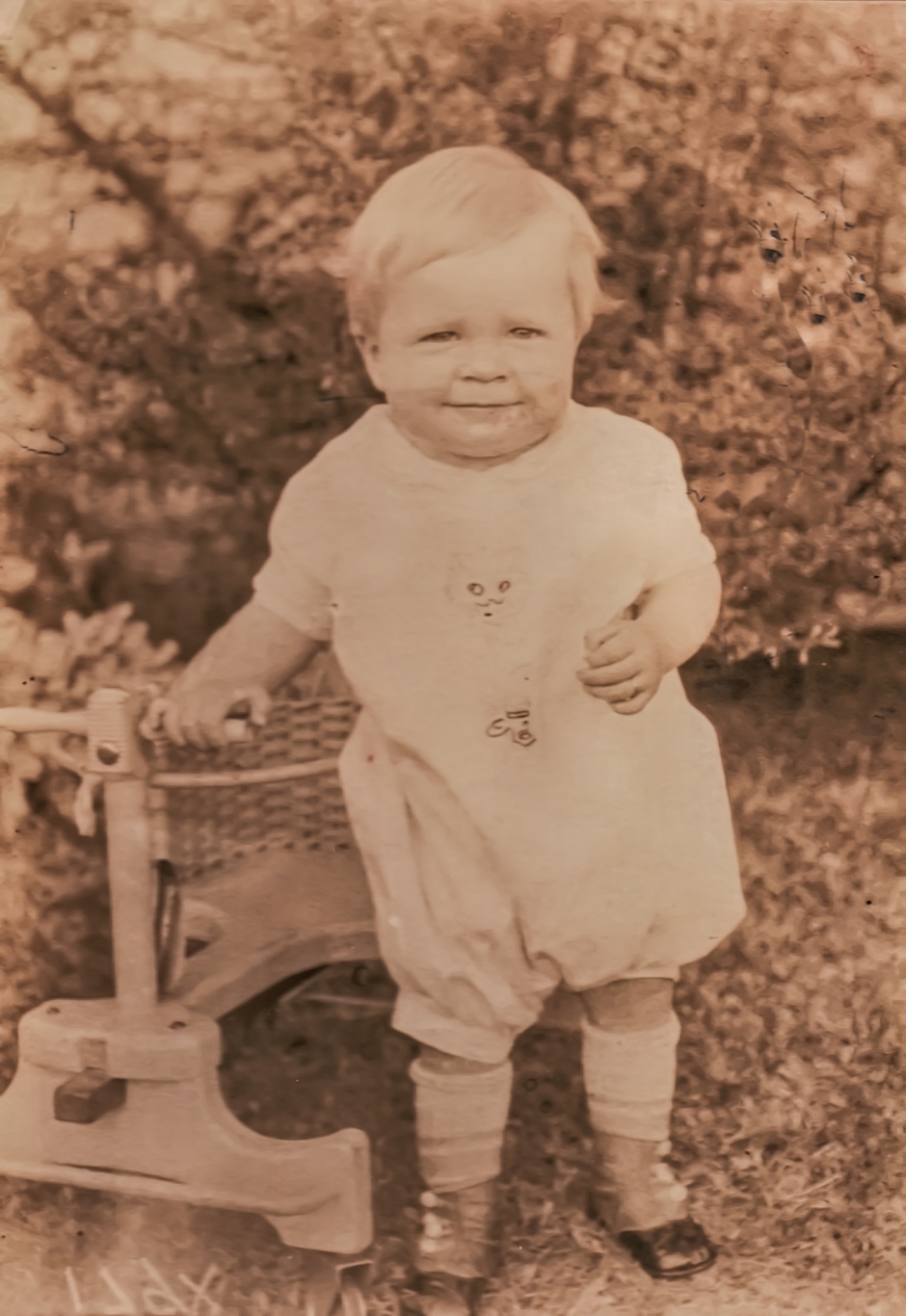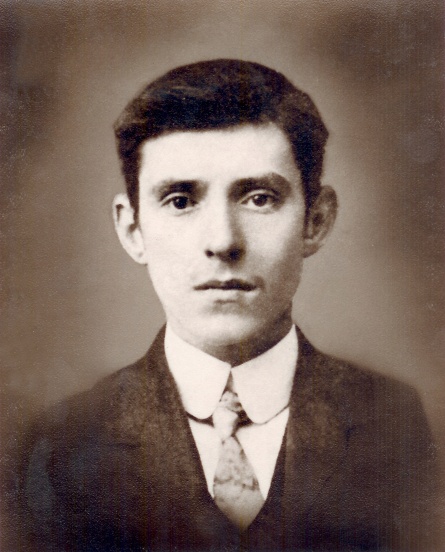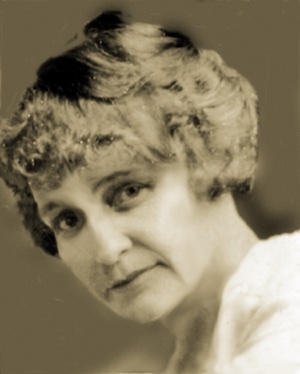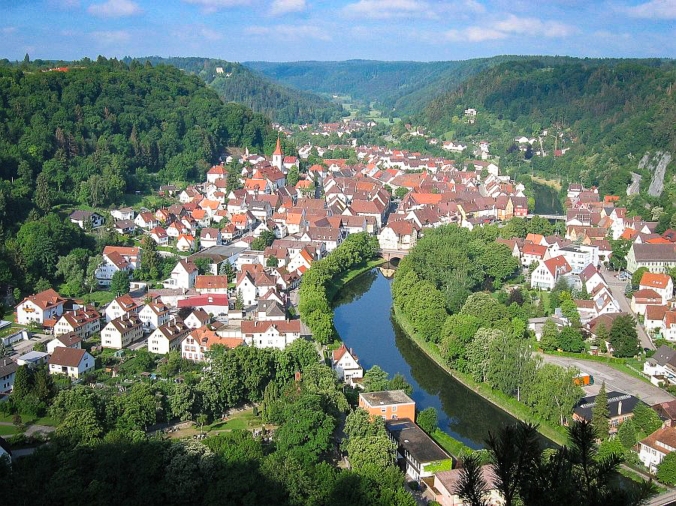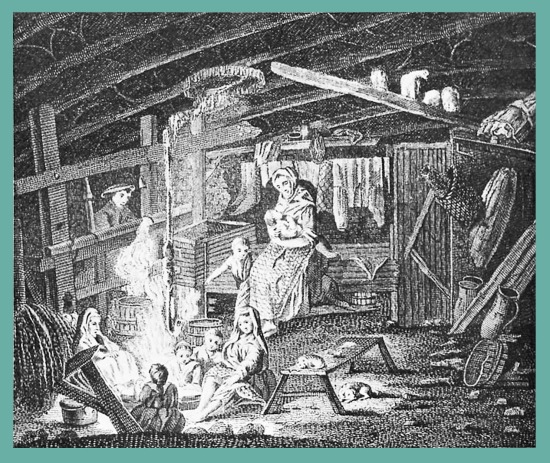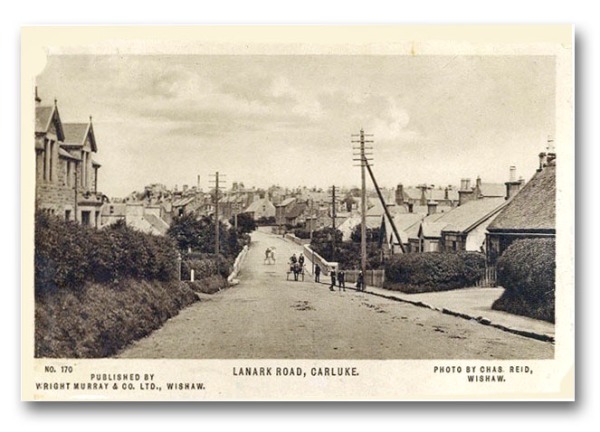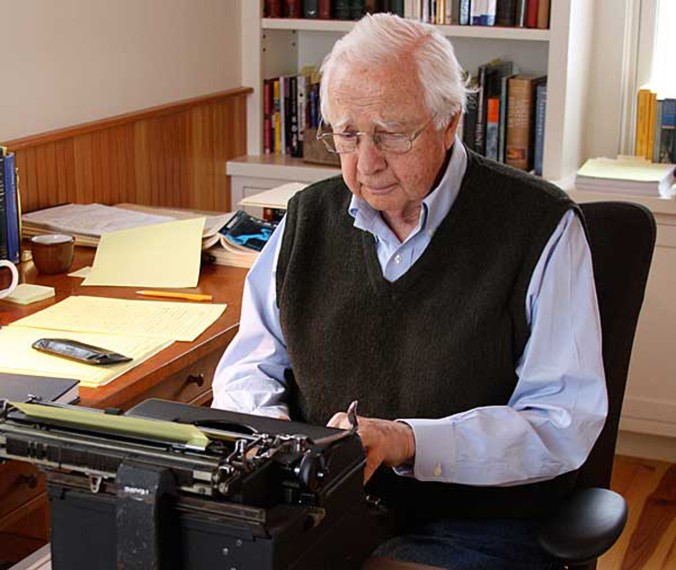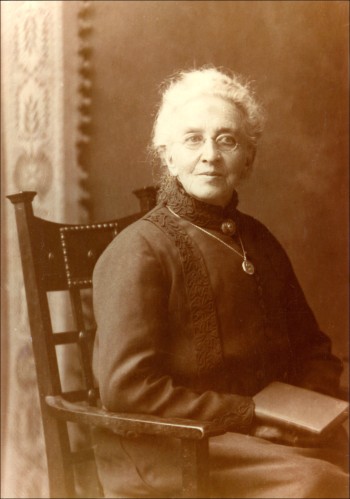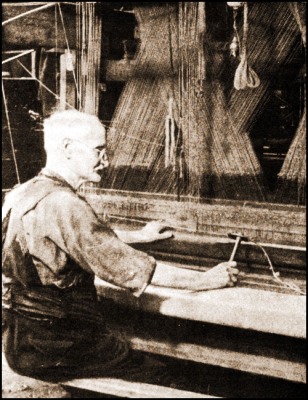Our female ancestors are frequently neglected by family historians. As I’ve researched my Ornduff ancestry, I’ve been impressed with the women of that family, who, like many pioneer women, led remarkably difficult lives, their stories sadly lost to time because they were not recorded. In this brief profile, I’ve tried to capture what I’ve learned–and what I imagine–about the heroic life of Mary A. Ornduff, my gg-grandmother.

Mary A. Ornduff Parrett around the time of her marriage
Mary and her twin sister, Martha, were born on August 11, 1846, in Coles County, Illinois. Mary was a redhead! Her mother was also a Mary—Mary Jane, a Willoughby before she married John Ornduff when she was twenty. I’ve never discovered what Mary’s middle initial, A, stood for. Mary Anne? Mary Alice? Evidently her parents chose a different middle name for their daughter to avoid confusion with the mother.
Mary’s parents were both from Virginia, descended from forebears who had migrated to America prior to the Revolutionary War, some eventually serving in the war. The Ornduffs came from Germany originally and the Willoughbys from either Scotland or Ireland. Mary’s father had been previously married to Melinda Davis, from Washington County, Virginia. Melinda died in 1829, shortly after the birth of a son, and John married Mary Jane three years later. She was also from Washington County and may have been related to the Davises. Shortly after their marriage, the couple moved to what is now the Charleston area of Coles County, Illinois, where John established a farm. When Mary and her twin sister, Martha, were born, their mother and father were 34 and 44, respectively, and had been married for 12 years. Five siblings preceded the twins in birth: the eldest, a girl, Elizabeth, then four boys, Andrew, James, Samuel, and Franklin.
Mary was born the year Iowa became a state. “Iowa fever” had been in the air for some time, for Illinois families had heard reports about the cheap fertile farmland available west of the Mississippi River. When Mary was a year old, the Ornduffs joined thousands of families who packed their belongings in ox-drawn wagons and headed west. The trails west teamed with settlers in the fall of 1847 when the Ornduffs made their move. For some months, the Mormons had been making an exodus from Nauvoo, Illinois, passing through Iowa on their way to the Salt Lake Valley.
There were at least ten who came with the Ornduff wagon. The 1850 Iowa census records the family consisting of the parents and their seven children and 21-year-old William Ornduff, probably John’s son from his first marriage. It’s possible William accompanied the young family to help out on the journey, for he returned to Virginia a short time after the Ornduffs reached Iowa. The family settled in Locust Grove Township in Jefferson County, located in the southeast corner of the state, one of the first areas in Iowa to be settled because of its proximity to the Mississippi River. Continue reading
